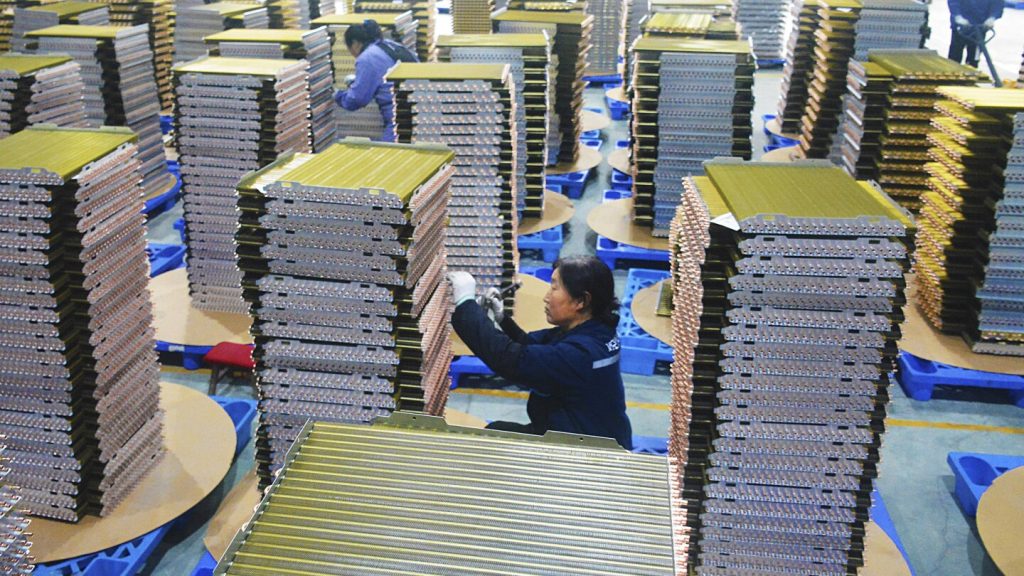The latest data from China’s National Bureau of Statistics shows that factory activity expanded at a slower pace in December, with the Purchasing Managers’ Index slipping to 50.1 from 50.3 the previous month. This marks the third consecutive month of reading above 50, indicating an expansion in manufacturing activity. The decline in factory activity was primarily attributed to a decrease in the output component, despite new orders reaching an eight-month high and the exports order index rising to its highest level in four months. This surge in exports orders may be a result of U.S. importers rushing to beat potential tariffs from incoming President Donald Trump.
Trump has expressed plans to impose 10% tariffs on Chinese goods, posing an additional trade risk for China, which is the largest exporter of goods globally. The country is already facing challenges with a slowing economy, reflected in issues such as reduced consumption and a real estate crisis. Additionally, the World Bank has recently revised its forecasts for China’s economic growth to 4.9%, highlighting concerns regarding decreased confidence among households and businesses, an aging population, as well as ongoing issues like low consumption and high debt. These factors are expected to continue impacting China’s future growth prospects.
In contrast to the slowdown in factory activity, the non-manufacturing sector, which includes construction and services, saw an increase in its purchasing managers’ index to 52.2 points in December, up from 50 points in November. This suggests a positive trend in sectors outside of manufacturing, potentially serving as a buffer against the challenges faced by the industrial sector. However, it is important to note that despite this improvement, China’s overall economic outlook remains uncertain as it navigates through various domestic and external challenges.
As China prepares to navigate through potential trade tensions with the U.S. under the new administration, it will be crucial for policymakers to carefully monitor developments in both the manufacturing and non-manufacturing sectors. Balancing the need for economic growth with the challenges posed by trade risks, reduced consumption, and high debt levels will require strategic measures to sustain stability and promote sustainable growth. With the global economy continuing to face uncertainties, China’s role as a key player in the international trade landscape remains significant, making it essential for the country to adopt a resilient and adaptive approach to address its economic challenges.


